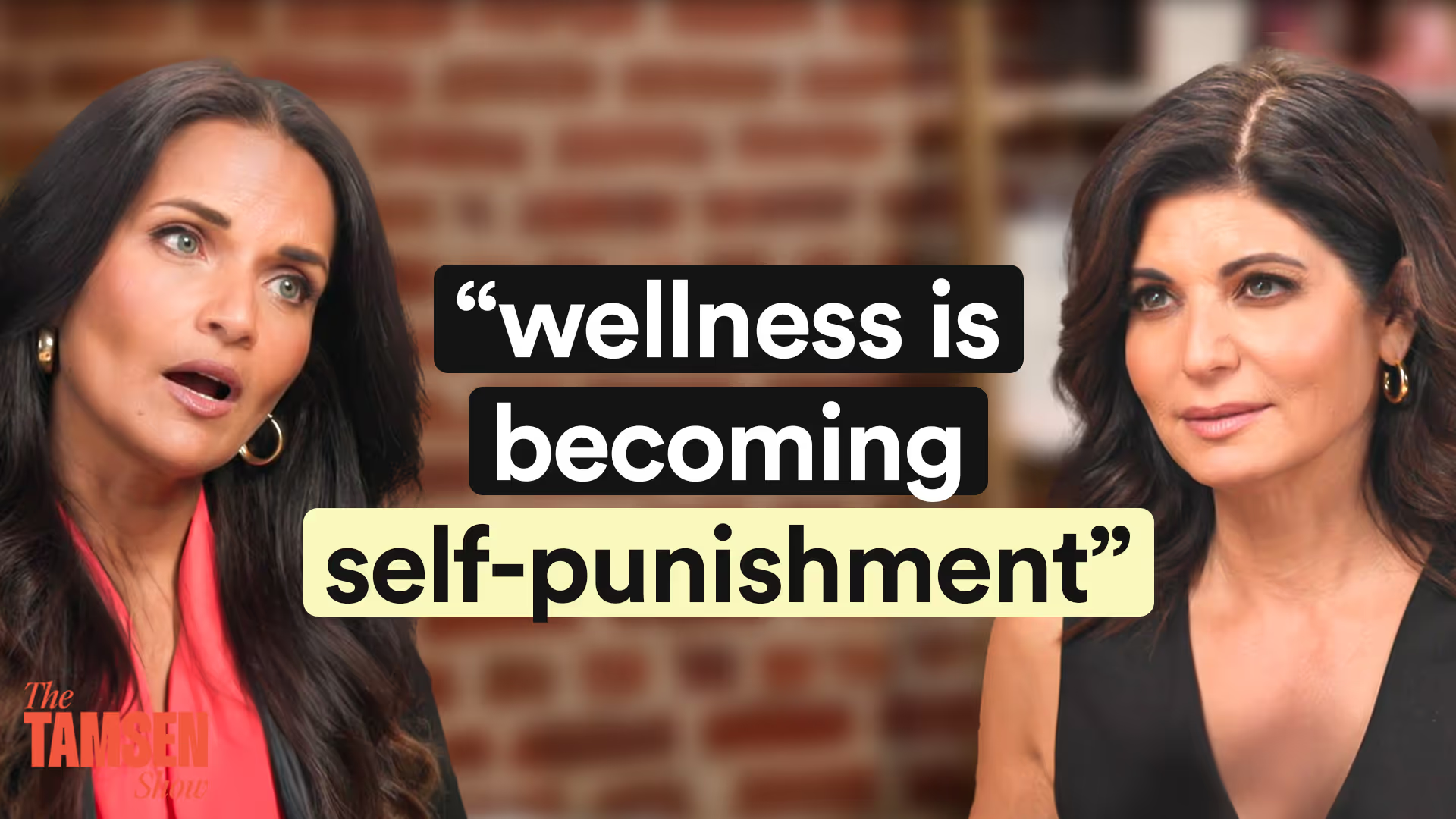If you’ve ever gotten into bed at night only to feel like your legs won’t stop moving, stretching, or buzzing with energy, you’re not imagining it. Restless leg syndrome (RLS) is a real condition that disproportionately affects women, especially during perimenopause and menopause.
In my recent conversation on The Tamsen Show with clinical psychologist and behavioral sleep medicine expert Dr. Shelby Harris, we talked about how this often misunderstood condition can make sleep nearly impossible, and what women can do to find real relief.
What is Restless Leg Syndrome?
RLS is a neurological condition that creates an intense urge to move your legs, usually during periods of rest or inactivity, particularly at night. Some women describe it as tingling, crawling, itching, buzzing, or even a sensation like soda running through their veins. The only relief often comes from movement, which makes it incredibly difficult to fall or stay asleep.
Although the name suggests it only affects the legs, RLS can also show up in the arms or torso. Symptoms tend to intensify in the evening and at night, which is why it so often interferes with sleep.
Why It Shows Up in Menopause
RLS becomes more common during midlife for several reasons. Hormonal changes, especially the drop in estrogen, can impact how the nervous system functions. Iron levels can also decrease during this time, and low iron is one of the most well-established triggers for RLS.
According to Dr. Harris, RLS is frequently misdiagnosed in women as anxiety, insomnia, or stress. But recognizing it for what it is can lead to meaningful treatment.
What You Can Do
Here are a few of Dr. Harris’s key recommendations for identifying and managing RLS:
- Check your ferritin levels. Ask your doctor for a blood test that specifically measures iron storage. Even if your levels are technically within the normal range, they may still be too low to prevent symptoms.
- Cut back on caffeine and alcohol. Both can worsen RLS, especially if consumed in the afternoon or evening.
- Review your medications. Certain antihistamines, antidepressants, and over-the-counter sleep aids can aggravate symptoms.
- See a specialist. There are effective prescription treatments available. Some women may also benefit from a sleep study to rule out related issues such as sleep apnea.
If you are struggling with uncomfortable sensations in your legs at night and cannot get restful sleep, it is worth taking seriously. RLS is more than a nuisance, and it can be treated with the right support.
Listen to my full conversation with Dr. Shelby Harris on The Tamsen Show


.jpg)
.jpg)







